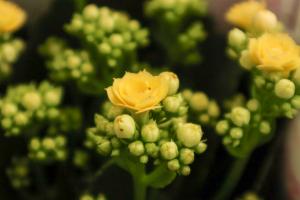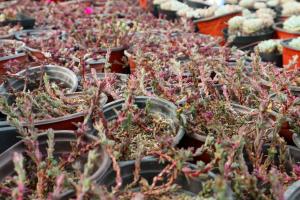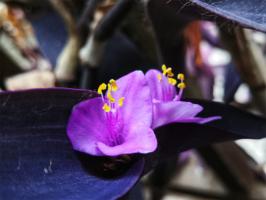Introduction
As the world becomes more connected, and people become more mobile, non-native trees have become increasingly common. Many homeowners, gardeners, and landscapers choose non-native trees for a variety of reasons, including aesthetics, hardiness, and speed of growth. However, there are also many risks associated with planting non-native trees, including ecological damage, increased susceptibility to disease and pests, and reduced biodiversity.
Why Do People Plant Non-Native Trees?
One of the most common reasons people plant non-native trees is for their appearance. Many non-native trees have striking colors and unusual shapes that can add visual interest to a garden or landscape. Others, like palm trees, are associated with warm climates and tropical paradises, making them popular choices for those seeking to create a relaxing, exotic atmosphere at home.
Another reason people plant non-native trees is their hardiness. Some non-native trees are better suited to a particular climate or soil type than native trees. For example, the Elm is a fast-growing, hardy tree that can thrive in urban areas with heavy pollution and soil compaction. Similarly, the invasive bamboo grows quickly and can tolerate a range of soil types and conditions, making it a popular choice for use as a privacy screen or windbreak.
Finally, people may choose to plant non-native trees because of their speed of growth. Many non-native trees grow quickly, which can be desirable for those looking to create shade or privacy in a shorter amount of time. This is often the case with real estate developers who want to create an attractive, mature landscape for their projects in a short amount of time. However, this approach can have negative consequences, such as reduced biodiversity and increased susceptibility to environmental stressors.
The Risks Associated with Planting Non-Native Trees
While there are certainly benefits to planting non-native trees, it's important to be aware of the potential risks associated with this practice as well. These risks can include:
Ecological Damage: Non-native trees can disrupt ecosystems by outcompeting native species, altering soil chemistry, and reducing biodiversity. In some cases, non-native trees can even become invasive, crowding out other species and destabilizing entire ecosystems.
Increased Susceptibility to Disease and Pests: Non-native trees may not have evolved the same natural defenses against local pests and diseases as native trees. This can make them more vulnerable to infestations and infections, which can spread to other trees and plants in the area.
Reduced Biodiversity: Planting non-native trees can reduce the diversity of native flora and fauna in an area. This can have long-term consequences for local ecosystems and wildlife populations, as well as for the health and resilience of the environment.
The Benefits of Planting Native Trees
Given the risks associated with planting non-native trees, many conservationists and environmental advocates recommend planting native trees instead. These trees have evolved to thrive in the local climate, soil, and ecosystem, making them more resilient to environmental stressors and less vulnerable to disease and pest infestations. In addition, native trees support local biodiversity, providing food and habitat for a wide range of native wildlife species. Finally, planting native trees can help to preserve and restore local ecosystems, which can have significant benefits for the environment and for human well-being.
Conclusion
When it comes to choosing trees to plant, there are many factors to consider. While non-native trees can be visually appealing and may have certain advantages in terms of hardiness and growth speed, they also carry significant risks of ecological damage, disease, and reduced biodiversity. By contrast, planting native trees can provide significant environmental benefits while also supporting local ecosystems and wildlife populations. Ultimately, the choice between native and non-native trees will depend on individual circumstances and goals, but it's important to be aware of the potential risks and benefits of each option.

 how many times do yo...
how many times do yo... how many planted tre...
how many planted tre... how many pine trees ...
how many pine trees ... how many pecan trees...
how many pecan trees... how many plants comp...
how many plants comp... how many plants can ...
how many plants can ... how many plants and ...
how many plants and ... how many pepper plan...
how many pepper plan...
































